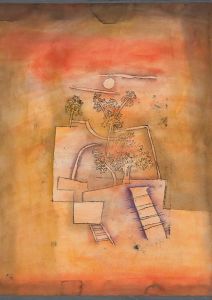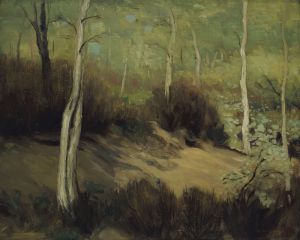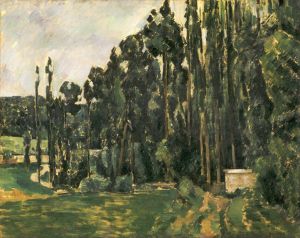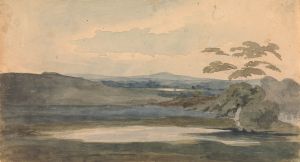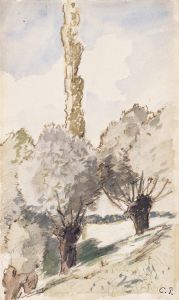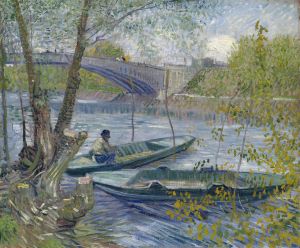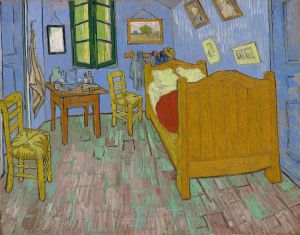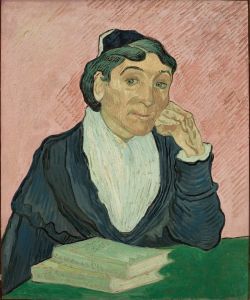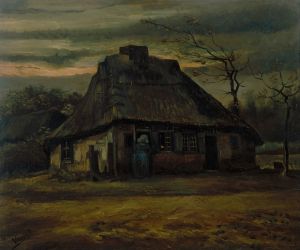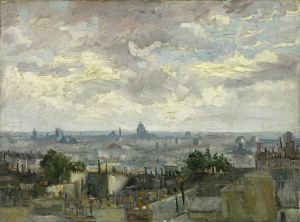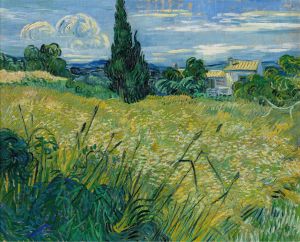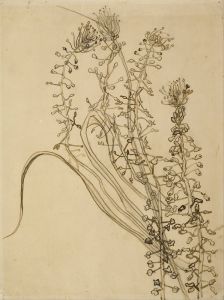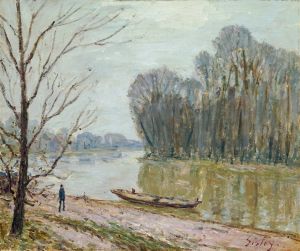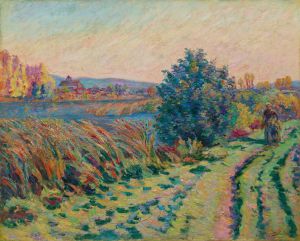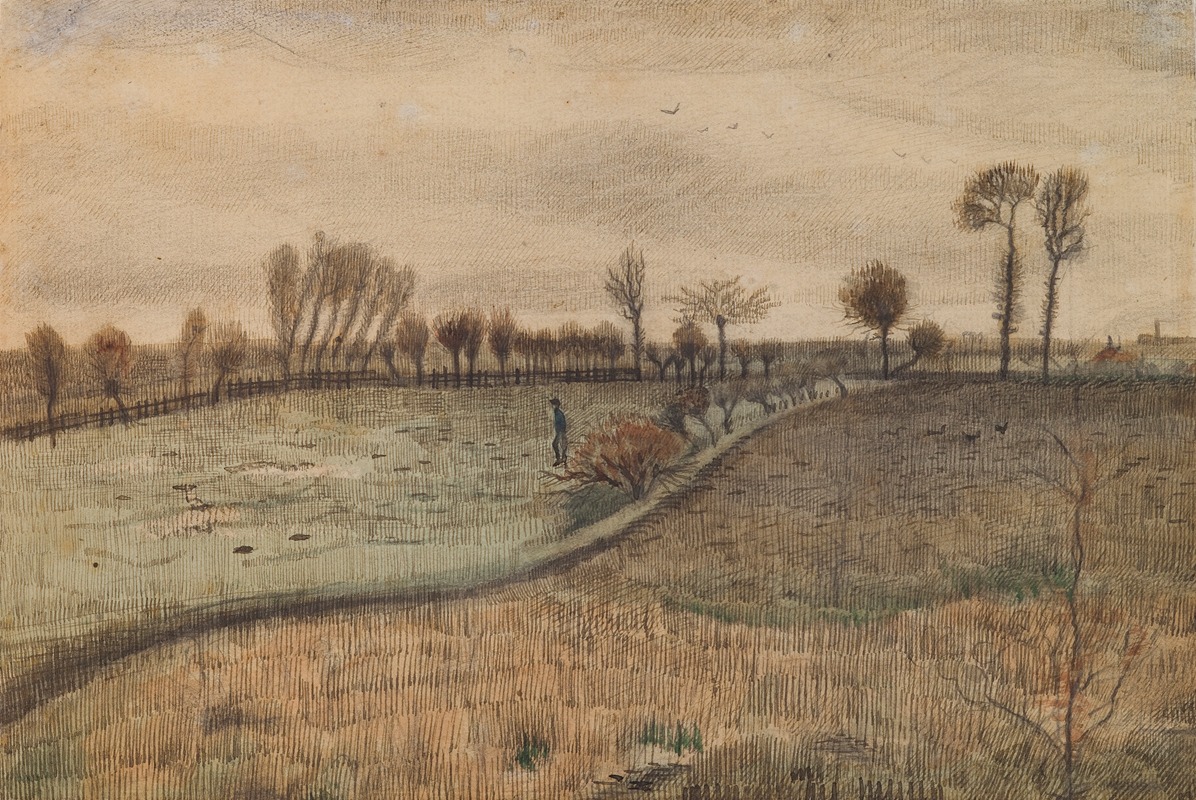
Landscape with Pollard Willows
A hand-painted replica of Vincent van Gogh’s masterpiece Landscape with Pollard Willows, meticulously crafted by professional artists to capture the true essence of the original. Each piece is created with museum-quality canvas and rare mineral pigments, carefully painted by experienced artists with delicate brushstrokes and rich, layered colors to perfectly recreate the texture of the original artwork. Unlike machine-printed reproductions, this hand-painted version brings the painting to life, infused with the artist’s emotions and skill in every stroke. Whether for personal collection or home decoration, it instantly elevates the artistic atmosphere of any space.
"Landscape with Pollard Willows" is a painting by the Dutch post-impressionist artist Vincent van Gogh. Created in 1884, this work is part of van Gogh's early period, during which he was deeply influenced by the natural surroundings of the Dutch countryside. The painting depicts a serene rural scene featuring pollard willows, a common sight in the Netherlands, particularly in the Brabant region where van Gogh spent a significant amount of time.
Vincent van Gogh was born on March 30, 1853, in Zundert, Netherlands. He began his artistic career relatively late, initially working as an art dealer, teacher, and missionary before fully committing to painting in his late twenties. Van Gogh's early works, including "Landscape with Pollard Willows," are characterized by their somber color palette and focus on rural life and landscapes.
The painting showcases van Gogh's keen observation of nature and his ability to capture the essence of the Dutch landscape. Pollard willows, which are willow trees that have been regularly pruned to promote new growth, are a recurring motif in van Gogh's work from this period. These trees were often used in the Netherlands for practical purposes, such as providing wood for various uses and maintaining the health of the tree.
In "Landscape with Pollard Willows," van Gogh employs a muted color scheme dominated by earthy tones of browns and greens. The composition is balanced, with the pollard willows serving as the focal point, their distinctive shapes creating a rhythmic pattern across the canvas. The painting reflects van Gogh's interest in the structure and form of trees, as well as his fascination with the interplay of light and shadow in the natural environment.
During the time he created this painting, van Gogh was living in Nuenen, a village in the southern Netherlands. He moved there in 1883 to live with his parents and remained until 1885. This period was crucial for van Gogh's development as an artist, as he produced numerous studies of peasants, weavers, and rural landscapes. His work from this time demonstrates his commitment to depicting the lives and surroundings of ordinary people with empathy and realism.
"Landscape with Pollard Willows" is an excellent example of van Gogh's early style, which was heavily influenced by the Dutch landscape tradition and the works of artists such as Jean-François Millet. This painting, along with others from his Nuenen period, laid the foundation for van Gogh's later, more colorful and expressive works.
Today, "Landscape with Pollard Willows" is appreciated for its historical significance and its role in the evolution of van Gogh's artistic journey. It provides insight into the artist's early techniques and his deep connection to the natural world. The painting is held in a private collection, and while it may not be as widely recognized as some of van Gogh's later masterpieces, it remains an important piece in understanding the development of one of the most influential artists in Western art history.





